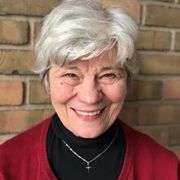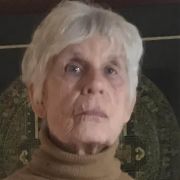Loretto Zoom liturgy collage.jpeg
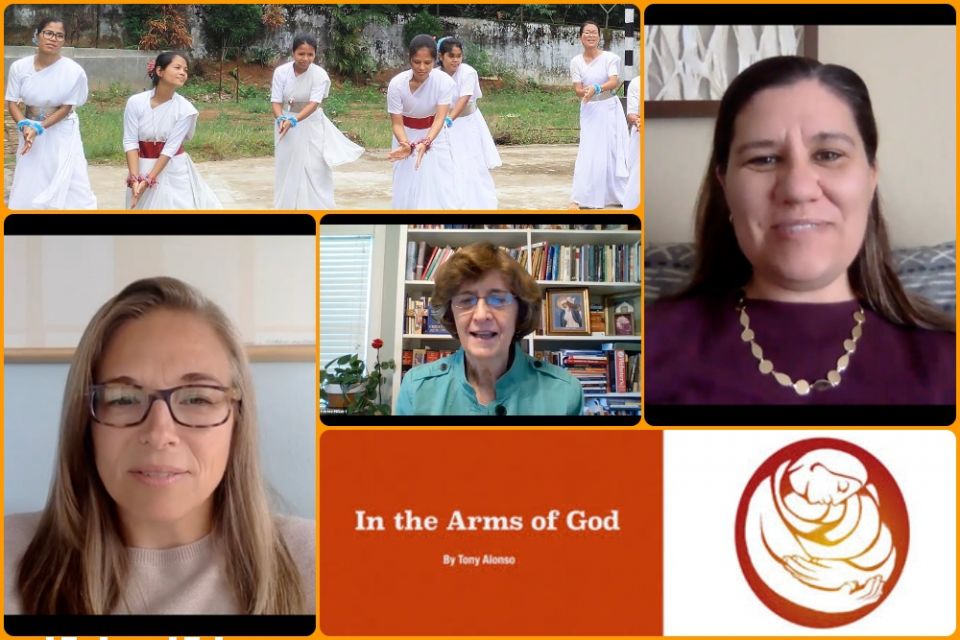
Imagine a church, catholic in its welcome of all as one in Christ, a community united in prayer, grounded in the word of God, and open to the Spirit. Imagining such a church community is a bit easier now for those of us who, in a time of a pandemic, have experienced God's healing Spirit at work — virtually!
It happened when the doors of our brick-and- mortar churches closed, and we opened ourselves to a church that grew out of who we became when we gathered together in Christ's name.
A few emails among friends opened the way to something dynamic and new when the bishop of the Diocese of Fort Wayne-South Bend, Indiana, suspended the public celebration of Masses in mid-March 2020, part of the rapid shuttering of churches and places of worship around the world because of the COVID-19 pandemic.
For many years, the Sisters of the Holy Cross in Notre Dame, Indiana, have welcomed the wider community to worship with them at their congregational Church of Our Lady of Loretto. At first, most who came were connected with nearby St. Mary's College, Holy Cross College and the University of Notre Dame. However, by the time Masses were suspended, that small, pre-pandemic community had grown to include many from the South Bend area. About 300 attended each Sunday, attracted by good preaching (usually by priests from Notre Dame), well-designed liturgies and a welcoming community.
How to keep this flourishing community together in a time of COVID-19? How to preserve and enrich its connection through shared prayer?
These questions initiated by a few members of the laity resulted in a decision to invite the sisters and those worshipping with them to gather on Sundays to pray together via Zoom, new to many but soon all-too-familiar as the pandemic continued. Organizers succeeded in what one described as "cobbling together a simple Liturgy of the Word." On Sunday, March 22, 2020, at 9:45 a.m., the first Loretto Liturgy of the Word began with 89 devices logged in and approximately 100 people attending.
Advertisement
Advertisement
Sixty-eight Sundays, two Holy Weeks, two Pentecosts, one Christmas, and several pop-up prayer services later, this "simple" Liturgy of the Word ended on June 20, 2021. Over those 16 months, the Zoom liturgy evolved into an experience that most of us who shared it have come to regard as a paradigm for a Spirit-driven, Spirit-filled church community.
Liturgy to creatively meet people's needs
A committee composed of six women and two men took the lead in planning and producing the liturgy. Each had worshipped with the Loretto community and some had experience preparing liturgies; they shared the longing for some form of community worship during the pandemic. After soliciting suggestions from those at the initial Zoom meeting, they began weekly online meetings to plan for the following Sunday.
The order of the service followed that prescribed for the Liturgy of the Word: readings, Gospel, homily (or reflection), and the universal prayer (or prayer of the faithful). Organizers made no attempt to include a televised Mass or to create a Liturgy of the Eucharist.
From the beginning, love and respect for the traditions of the church married with a vision of inclusiveness and a commitment to creatively meet people's needs in this time of isolation, a time when there was so much to pray for, when spiritual needs often outstripped obvious physical ones. How might we together find our way through this pandemic?
Music, pre-recorded each week, and art, ancient and modern, were chosen to complement the readings and quickly became an important part of the program.
COVID Church Lessons 3 Jessica Brock CROP.jpg
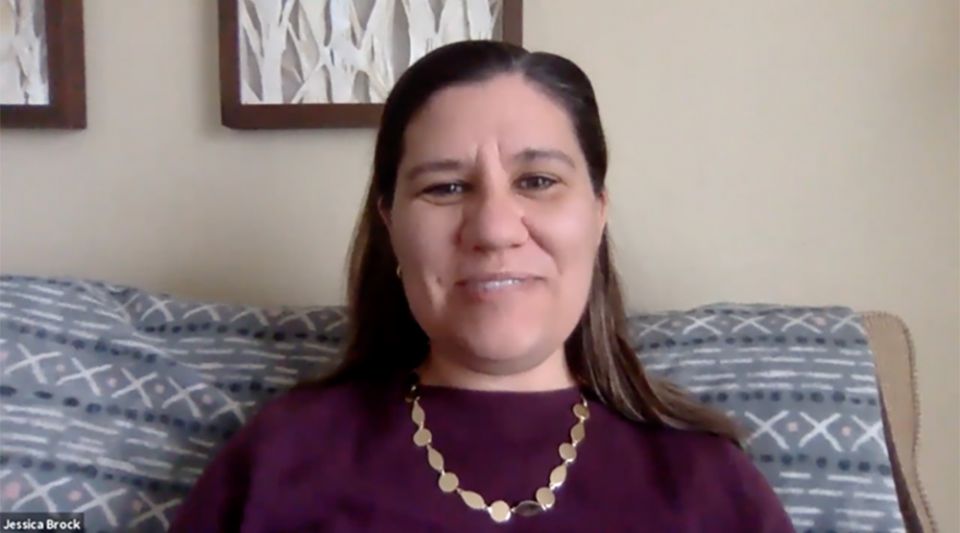
Prayers were simplified, their language made inclusive, and a prayer of spiritual communion that originated as an act of private devotion was altered to be prayed communally.
Volunteers served as homilists, readers and leaders of prayer. Within a few weeks, as many as 300 households were logging in each Sunday, numbers that included not only those who had regularly attended Mass at the church of Loretto but also families and friends from a distance. Quite a few from local parishes joined, as did members of the clergy, some diocesan and some from religious orders, along with several ministers and congregants from other faith traditions.
In May 2020, when it became clear that in-person liturgies would not resume any time soon, the Holy Cross sisters encouraged members of their worldwide congregation to join in Liturgies of the Word. Holy Cross sisters in Brazil, Bangladesh and Ghana began regularly logging in. Each session was recorded, making it possible for groups to watch at convenient times. In Utah, a church community without a pastor used the Loretto model as a template for its Sunday worship.
The reflections (or homilies) became a compelling feature of the Loretto Liturgy of the Word, as evidenced by a Google survey, to which 138 participants responded. "I began to recognize what a rare treasure the reflections were," a respondent commented. "Here were people I knew (at least by sight) letting me into their lives, trusting me with their stories. They connected me with the scriptures in a way that sermons seldom did."
Diverse backgrounds
Those who preached were usually from the laity, and most were women. Homilists represented diverse backgrounds, ages, races, ethnicities and sexual orientations. Most were local, but several sisters spoke from their missions around the globe.
For many respondents, the reflections affirmed the priesthood of all believers as the speakers broke open the Gospel with fresh perspectives and good news in abundance. Often they included personal stories that testified to the outpouring of divine love and forgiveness and to human faith and hope fulfilled.
COVID Church Lessons 2 Catherine Hickert CROP.jpg
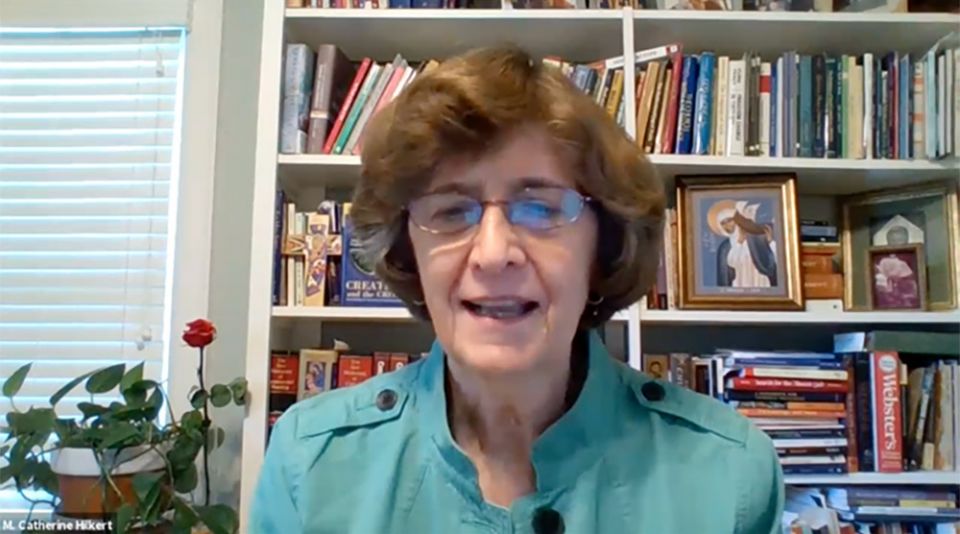
As one member of the community put it, "God's grace was refracted through many different prisms."
Perhaps most surprising in its impact on the community was the universal prayer. Toward the end of each liturgy, petitions could be entered in the "chat" feature on Zoom. They were then read aloud, scores of them, a long litany of sorrow, suffering, joy and thanksgiving.
"The petitions were rich with the pain, hope and support for those we knew and those we did not," one participant wrote.
Another commented, "I felt like we shared and carried each other's burdens."
Without a building, an altar, or pews, the atmosphere of the Loretto Zoom liturgy resembled a multidimensional home church rather than a brick-and-mortar church service. People logged in early and stayed on afterward. Greetings rose like incense, filling the air with the fragrance of good wishes and goodwill. Together with family on a couch or around a table, alone in an easy chair or, for some, a wheelchair, sick bed or recliner, everyone could share in a liturgy that made our places holy spaces and each home a house of prayer.
We could switch from "gallery" to "speaker view" and back again, and scroll through hundreds of windows into individual dwellings to identify those we knew and learn the names of those we didn't.
COVID Church Lessons 5 art CROP.jpg

Each week, a worship guide that could be printed out was available along with the link to the meeting. Photos and images accompanied the verses of the responsorial psalm between the readings, bringing a present-day reality to ancient prayer. Occasionally, we were invited to submit images on a chosen theme, which were then shared in a PowerPoint presentation at the end of the liturgy.
No priest presided, although a few participated regularly as readers and reflectors of the Word. More than a few of those surveyed liked "the sense of a non-hierarchical, non-patriarchal community." Many valued "the broad involvement of the community in interpreting the Word."
Others appreciated that spiritual communion, the culmination of each liturgy, included everyone who wished to partake. As one affirmed, "The pandemic allowed us the space to create one of the most meaningful experiences of church we have had."
Another observed that the Zoom liturgy enlarged the usual liturgy "to include a glimpse of the broader world in a timeless way that can't happen when the liturgy is enclosed in a building," adding, "While I do treasure physical presence, there was something very deep about making these connections ... surrounded by my husband and animals and home."
A longtime member wrote poetically that the Zoom liturgy served to "weave the fabric of the Loretto community into a stronger, more vibrant cloth — a cloth whose beauty brought us joy, a cloth that warmed us when we needed it most and one that could absorb tears on some dark days."
Experiencing community
As the virtual Loretto experience ended, most of those surveyed agreed that experiencing community in a new way through technology was one of the main gifts of the Zoom liturgy because it enabled prayer and worship with family and friends around the country and the globe. Dozens mentioned the comfort of familiar faces and voices during a time of isolation. Such connection blessed them, one wrote, with "a new experience of the presence of Christ in the Word and in the people of God."
COVID Church Lessons 4 rejoicing RESIZE.jpg

Others mentioned ways in which the liturgy had enhanced and deepened their personal spiritual development. As one person shared, "For the first time in my life, I believe that I am Church."
In the words of another, "What a unique and amazing experience to be able to listen to people speak their truths. They made me feel less alone on my own complicated faith journey."
However, one couple voiced a fear shared by others: "Our parish has become so conservative that it no longer supports our spirituality. We don't know where we will go after June 20."
Several who have returned to traditional liturgies (and not all have, because quite a few of the participants in Loretto Liturgy of the Word were not churchgoers or Catholics) have expressed various degrees of discontent with the "same old," questioning whether traditional forms of eucharistic liturgy can accept and incorporate what we have to bring. For many of us, the Loretto Zoom liturgy embodied the promise of the Second Vatican Council, and, by offering an experience of church that is inclusive and collaborative, it renewed our faith as our church moves into the future, even as it intensified our desire for change.
The summary compiled by the organizers from the final survey of participants called the Loretto liturgy a "gift of the pandemic," one that expanded the community's sense of "real presence through a virtual reality." It confirmed our certainty that in a world caught in the grip of pandemic, the Holy Spirit found a way to inspire communal prayer and worship that lifted and liberated those privileged to share in them.
COVID Church Lessons 1 Colleen Moore CROP.jpg
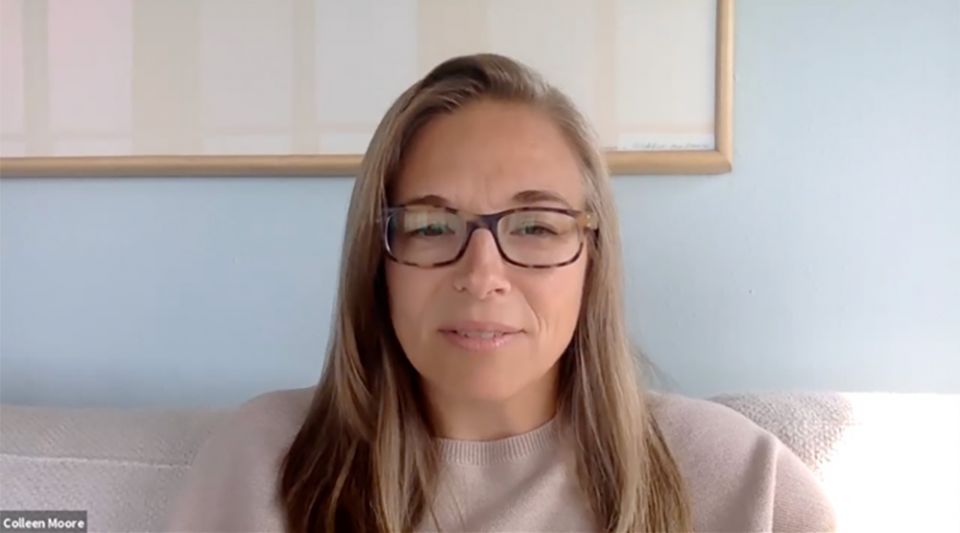
This, we overwhelmingly agreed, was a liturgy that represents "church at its finest," a liturgy that is "warm, inviting, and open."
As faith-filled people, we ask ourselves, what do we carry with us to in-person worship?
We carry the knowledge that our liturgy grew out of the combined faith, vision and self-giving generosity of a community of disciples and elicited from us previously unrecognized, uncalled-upon gifts that not only sustained but enriched our community.
We learned that personal interaction and exchange strengthened commitment to our community and fostered collaboration within it. That the familiar structure of the liturgy can support and benefit from innovations made possible by technology. That creative and meaningful adaptation of ancient prayers and rituals renews and restores their meaning. That openness to change invites creativity. That diverse voices are necessary to create harmony. That proclaiming "all are welcome" requires a way to include all.
Even though we could not celebrate the Liturgy of the Eucharist, through the Loretto Liturgy of the Word, we came to realize in a deep sense the meaning of Eucharist — that we are the body of Christ, Eucharist to one another. What will be the impact of that enlarged sense of real presence on the sacramental reality of the existing church? What will change as a result?
It's still too soon to say what long-term effects the experience of improvised forms of communal prayer like the Loretto Zoom liturgy will have on traditional forms of church, but there are signs of hope. The universal prayer has been expanded to include personal petitions. Attempts are being made to enhance fellowship before and after Mass.
We now ask of ourselves and the church to which we have returned, "How shall we remain true and faithful to the Spirit among us?" We hope that other communities like ours that sprang up out of the need for new ways to pray together in a pandemic will find the inspiration to join our attempt to create, sustain and share new forms of church.
Like what you're reading? Sign up for GSR e-newsletters!

